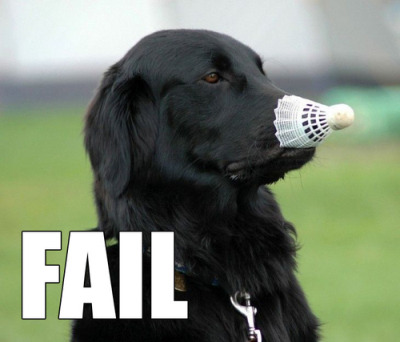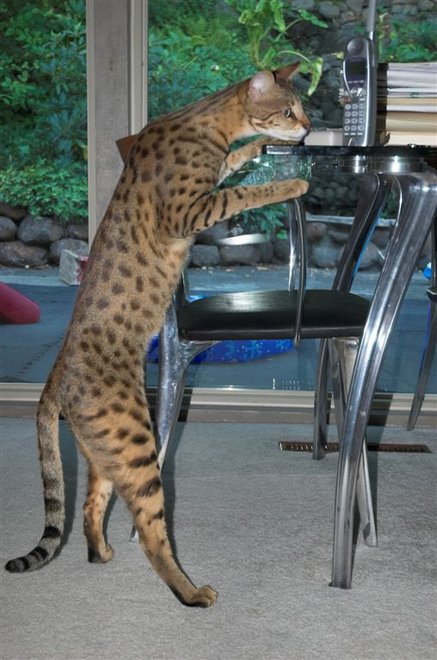
Dog owners, who have noticed that their four-legged friend seem equally delighted to see them after five minutes away as five hours, may wonder if animals can tell when time passes. Newly published research from The University of Western Ontario may bring us closer to answering that very question.
The results of the research, entitled "Episodic-Like Memory in Rats: Is it Based on When or How Long Ago," appear in the current issue of the journal Science, which was released recently.
William Roberts and colleagues in Western's Psychology Department observed that rats are able to keep track of how much time has passed since they discovered a piece of cheese, be it a little or a lot, but they don't actually form memories of when the discovery occurred. That is, the rats can't place the memories in time.
The research team, led by Roberts, designed an experiment in which rats visited the 'arms' of a maze at different times of day. Some arms contained moderately desirable food pellets, and one arm contained a highly desirable piece of cheese. Rats were later returned to the maze with the cheese removed on certain trials and with the cheese replaced with a pellet on others.
All told, three groups of rats were tested in the research using three varying cues: when, how long ago or when plus how long ago.
Only the cue of how long ago food was encountered was used successfully by the rats.
These results, the scientists say, suggest that episodic-like memory in rats is qualitatively different from human episodic memory, which involves retention of the point in past time when an event occurred.
""The rats remember whether they did something, such as hoarded food a few hours or five days ago," explained Roberts. "The more time that has passed, the weaker the memory may be. Rats may learn to follow different courses of action using weak and strong memory traces as cues, thus responding differently depending on how long ago an event occurred. However, they do not remember that the event occurred at a specific point in past time." .
Prior studies have suggested that rats and scrub jays (a relative of the crow and the blue jay) appear to remember storing or discovering various foods, but it hasn't been clear whether the animals were remembering exactly when these events happened or how much time had elapsed.
"This research," said Roberts, "supports the theory I introduced that animals are stuck in time, with no sense of time extending into the past or future."
 It needs no explanation, the Pets' Observation Poodle from Hammacher Schlemmer. Nine inches wide and 5" deep, it gives "the inquisitive canine," which is cataloguese for "dog," a panoramic view of things at which to bark.
It needs no explanation, the Pets' Observation Poodle from Hammacher Schlemmer. Nine inches wide and 5" deep, it gives "the inquisitive canine," which is cataloguese for "dog," a panoramic view of things at which to bark.




















